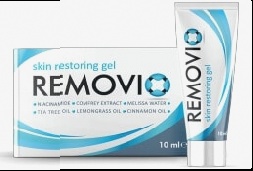The human papillomavirus infects approximately 70% of the world's population. It can be challenging to distinguish a viral wart from a harmless skin pigmentation, as one manifestation of a papilloma can harbor up to 20 different viral strains in one person. HPV growths include common warts, flat warts, filiform warts, and genital warts. With such a variety of lesions, their location is unpredictable - they can appear both inside and outside the body.
One of the most popular and affordable at-home treatments is chemical destruction using an acid-based liquid containing alkali. This requires a doctor's prescription and entails applying the solution to the papilloma, burning it from the inside. It works for removing individual large warts but is painful, time-consuming, and risks chemical burns without proper care.
Freezing tissues using extremely cold temperatures like liquid nitrogen is an old, proven papilloma removal technique. It requires no anesthesia - patients feel mild burning and tingling. Pain can flare up afterwards, lasting around a day. A blister forms, destroying tissue for three more weeks until the wound from the burst blister heals six weeks later. Traces remain up to six months, requiring sun and trauma protection.
With this method, radio wave energy destroys papillomas through directed evaporation. Various nozzle tips let doctors customize the treatment. It is considered painful, needing local anesthetic injections. It quickly eliminates lesions while sparing healthy skin and leaves minimal scarring. Despite its precision, it has contraindications like chronic disease flares, diabetes, pregnancy/nursing, pacemakers, and cancer.
Laser treatment is a newer, minimally invasive technology for papilloma removal. By irradiating lesions, infected tissues are destroyed while healthy ones remain intact. Healing takes two weeks avoiding water and sunlight. Drawbacks include prolonged swelling and potential scarring. It also has numerous contraindications like diabetes, inflammation, seizures, immune disorders, photosensitivity, low platelets.
This technique works for small, multiple papillomas. The heated electric probe burns off tissues upon contact. Within an hour, a dark scab forms, disappearing after a week of healing.
We have compiled the top 10 best products and treatments that can help you safely and effectively eliminate problematic papillomas.
